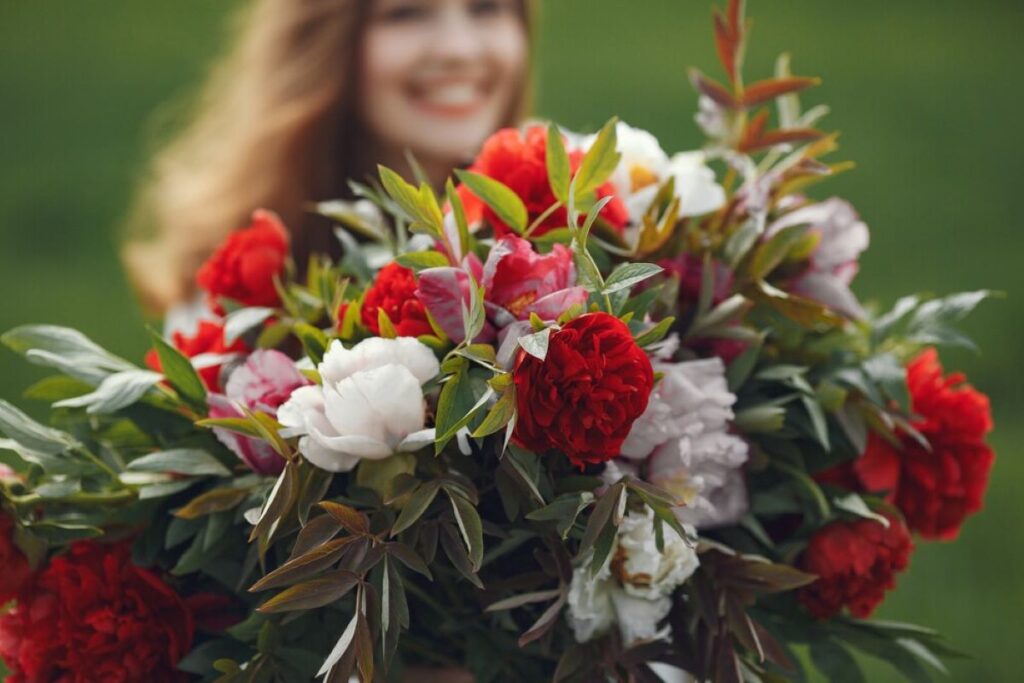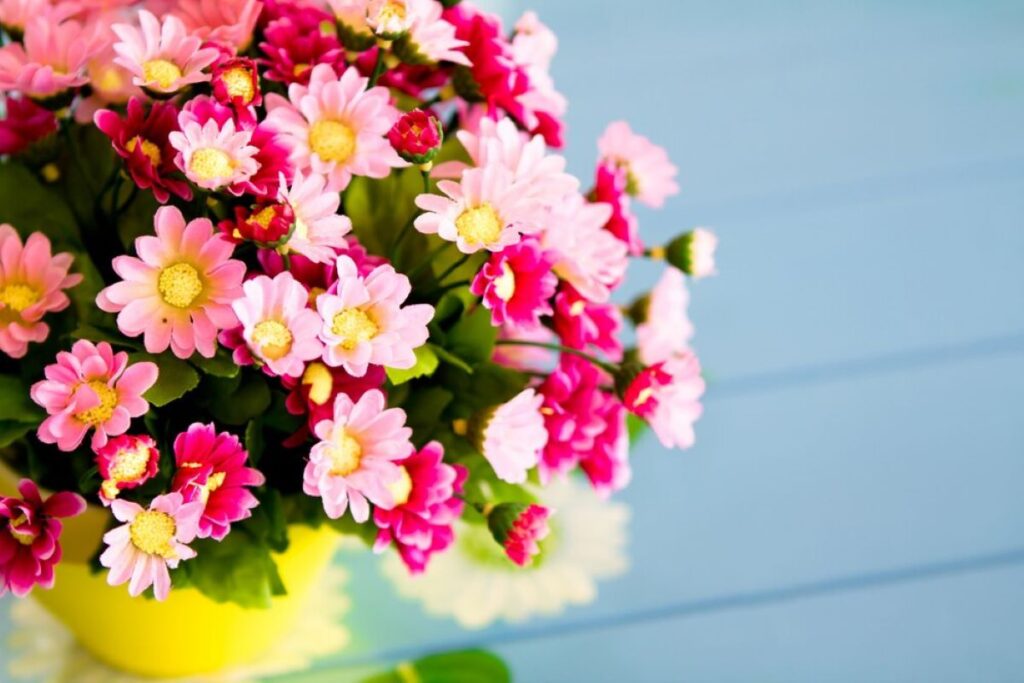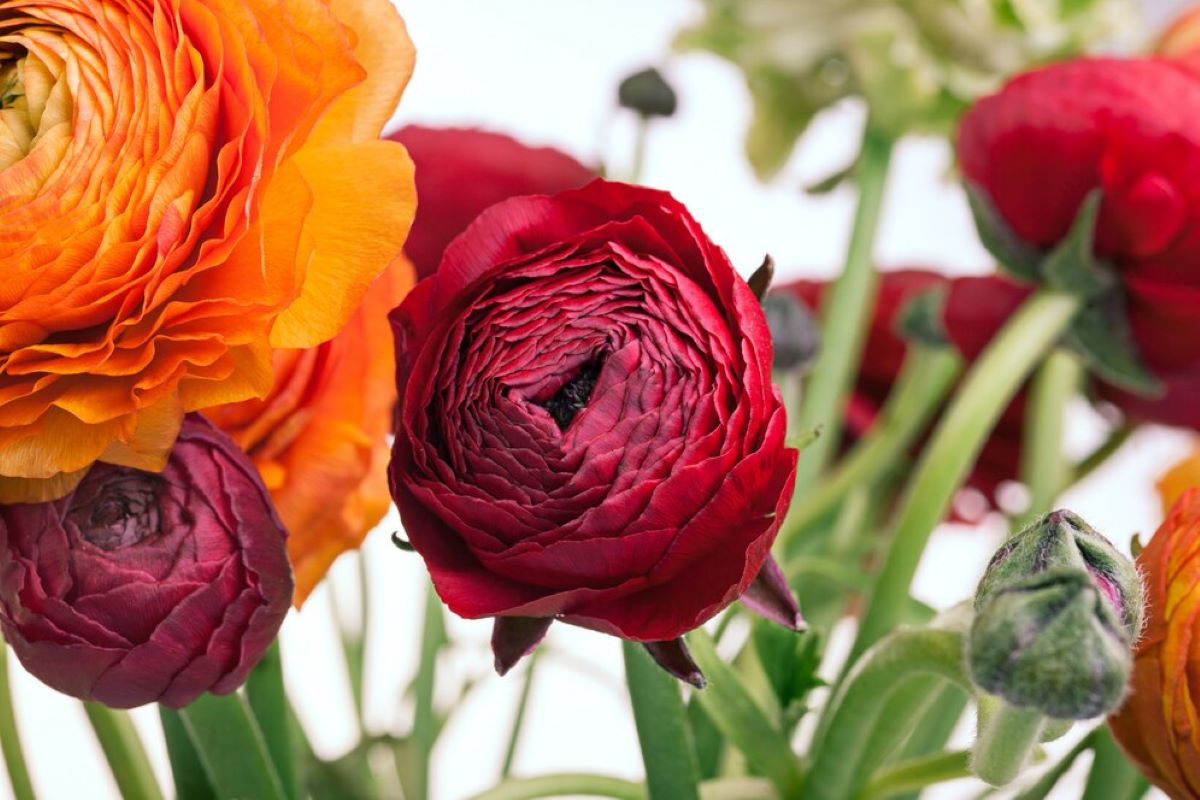In the vibrant suburb of Roseville, nestled on Sydney’s North Shore, the art of floral arrangement transcends mere decoration. Flowers are not just gifts; they are expressions of emotion, sentiments, and memories. Understanding how to match blooms to specific moments can elevate any occasion, making it memorable and meaningful. This article delves into the significance of flowers in various contexts and offers guidance on selecting the perfect arrangements for every occasion.
The Language of Flowers
Flowers have long been associated with specific meanings, a tradition that dates back centuries. This floral language can help convey feelings that words sometimes cannot express. Understanding the symbolism behind different flowers Roseville can enhance the emotional impact of any arrangement.
Symbolism and Sentiment
Each flower carries its own unique symbolism. For instance, red roses are synonymous with love and passion, making them the quintessential choice for romantic gestures. Conversely, white lilies often represent purity and innocence, making them suitable for weddings or memorials. By choosing flowers that align with the intended message, one can create a profound connection between the blooms and the occasion. Additionally, the vibrant yellow sunflower, with its cheerful disposition, is often associated with adoration and loyalty, making it a popular choice for friends and loved ones. The thoughtful selection of flowers can transform a simple bouquet into a heartfelt message, speaking volumes about the sender’s feelings.
Cultural Significance
In Australia, as in many cultures, flowers play a pivotal role in various celebrations and rituals. For example, the native wattle is often associated with Australia Day, while the waratah is a symbol of New South Wales. Understanding these cultural nuances can enrich the experience of gifting flowers, making it more personal and relevant to the recipient. Furthermore, in Aboriginal culture, flowers are not merely decorative; they are integral to storytelling and spiritual practices. Each blossom can represent a connection to the land and its history, imbuing the act of giving flowers with deeper significance. The intricate relationship between flowers and cultural identity highlights the importance of context when selecting blooms, ensuring that they resonate not only with the occasion but also with the heritage of those involved.
Choosing Flowers for Special Occasions
Different occasions call for different types of floral arrangements. Whether it’s a wedding, a birthday, or a corporate event, the right blooms can set the tone and enhance the atmosphere. Here are some tips on selecting flowers for various moments.
Weddings: A Blooming Affair
Weddings are perhaps the most significant occasion for floral arrangements. The choice of flowers can reflect the couple’s personality, the season, and the overall theme of the wedding. Seasonal flowers are often preferred not only for their availability but also for their freshness and vibrancy.
For a spring wedding, consider using peonies, which symbolise romance and prosperity. Summer weddings can benefit from the bright colours of sunflowers or gerbera daisies, while autumn weddings may call for rich hues of dahlias and chrysanthemums. Winter weddings, on the other hand, can be beautifully complemented by the elegance of white roses and evergreen foliage.
Birthdays: Celebrating Life
Birthdays are a time to celebrate life and achievements, and flowers can add a special touch to this celebration. When choosing flowers for a birthday, consider the recipient’s favourite blooms or colours. Personalisation can make the gift even more meaningful.
For example, a bouquet of vibrant tulips can signify cheerfulness and are perfect for a friend celebrating a milestone birthday. Alternatively, a classic arrangement of mixed seasonal flowers can convey warmth and affection, making it suitable for family members. Adding a personal note or card can further enhance the sentiment behind the floral gift.
Corporate Events: Professional Elegance
In the corporate world, flowers can play a significant role in creating a welcoming atmosphere. Whether it’s for a conference, a product launch, or an office celebration, floral arrangements can enhance the professional environment.
Opt for elegant, understated arrangements that convey sophistication. Neutral colours such as whites, greens, and soft pastels are often preferred in corporate settings. Orchids, for instance, are a popular choice as they exude a sense of luxury and professionalism. Additionally, incorporating native Australian flowers can provide a unique touch that reflects local culture and appreciation.
Seasonal Blooms: Embracing Nature’s Cycle
One of the joys of floral arrangements is the ability to embrace the changing seasons. Each season brings its own unique palette of colours and types of flowers, allowing for a diverse range of arrangements throughout the year.
Spring: A Time of Renewal
Spring is synonymous with renewal and growth, making it a perfect time for vibrant and lively floral arrangements. Flowers such as daffodils, hyacinths, and tulips burst forth during this season, offering a refreshing burst of colour after the winter months. These blooms can be used in a variety of arrangements, from simple bouquets to elaborate centrepieces.

Summer: A Flourish of Colour
Summer is the season of abundance, with a plethora of flowers in full bloom. Bright, bold colours dominate, with sunflowers, zinnias, and dahlias taking centre stage. These flowers can be combined to create stunning arrangements that evoke the warmth and joy of summer. Consider using a mix of textures and heights to add depth and interest to the arrangements.
Autumn: Rich and Warm Tones
As the leaves change colour, so too do the flowers of autumn. This season is characterised by rich, warm tones such as deep reds, oranges, and yellows. Flowers like chrysanthemums, asters, and marigolds are perfect for creating arrangements that reflect the beauty of the season. Incorporating elements such as dried leaves or twigs can add a rustic touch, making the arrangements feel seasonal and relevant.
Flowers for Everyday Moments
While special occasions often warrant floral arrangements, everyday moments can also be enhanced with the beauty of flowers. Simple gestures, such as bringing home a bouquet, can brighten someone’s day and foster connections. Visit https://www.floral-art-school.com.au/basic-rules-of-flower-arranging/ to about the basic rules of floral arranging.
Just Because: The Power of Spontaneity
Sometimes, the most meaningful gifts are those given without a specific reason. Surprise someone with a bouquet of their favourite flowers to show appreciation or to lift their spirits. Flowers like daisies or mixed wildflowers can convey a sense of joy and spontaneity, making them perfect for these ‘just because’ moments.
Sympathy: Offering Comfort
Flowers also play a crucial role in expressing sympathy and offering comfort during difficult times. When selecting flowers for a condolence arrangement, it’s essential to choose blooms that convey compassion and support. White lilies, roses, and chrysanthemums are often used in sympathy arrangements as they represent peace and remembrance.
Additionally, consider the preferences of the bereaved or the deceased when selecting flowers. Personal touches can make a significant difference, demonstrating thoughtfulness during a challenging time.
Floral Arrangements: The Art of Presentation
The way flowers are arranged can significantly impact their overall appeal. The art of floral arrangement involves not only the selection of blooms but also the creativity in presentation. Here are some tips to consider when arranging flowers.
Choosing the Right Container
The container can make or break a floral arrangement. Selecting the right vase or pot is crucial, as it should complement the flowers while also providing adequate support. For instance, tall flowers may require a sturdy vase to prevent tipping, while shorter blooms may benefit from a wider container to allow for a fuller arrangement.
Balancing Colour and Texture
Creating a visually appealing arrangement involves balancing colour and texture. Mixing different types of flowers, foliage, and even non-floral elements can add depth and interest. Consider contrasting colours or varying textures to create a dynamic arrangement that captures attention.
Maintenance and Care
Finally, proper care and maintenance of floral arrangements are essential to ensure longevity. Regularly changing the water, trimming stems, and keeping the arrangement away from direct sunlight can help prolong the life of the blooms. Providing care instructions to the recipient can also enhance their experience and appreciation of the flowers.

Conclusion: The Timeless Appeal of Flowers
In Roseville and beyond, flowers hold a timeless appeal that transcends generations. Whether for a celebration, a gesture of sympathy, or simply to brighten someone’s day, the right blooms can create lasting memories. By understanding the significance of flowers and how to match them to various moments, one can harness the beauty of nature to enhance life’s experiences.
As the seasons change and occasions arise, the opportunity to connect through flowers remains ever-present. Embracing this floral language can enrich relationships and bring joy to everyday life, reminding us of the beauty that exists in both grand celebrations and quiet moments alike.
More to Read : Inside the Flower Shop Manly Locals Rely On

